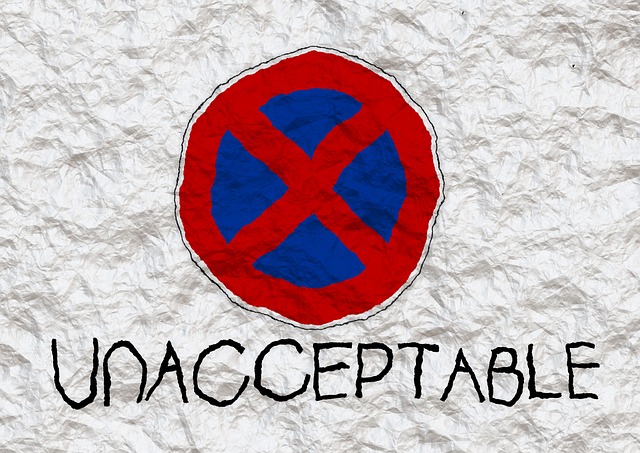The NullPointerException is a common exception in Java that occurs when a null reference is dereferenced. This exception can make debugging difficult, as it does not provide any information about which variable was null, making it harder to pinpoint the cause of the issue. However, starting from Java 14, a new feature was introduced that makes it easier to identify the null reference that caused the exception. In this blog article, we will discuss how to use this feature to identify the variable that was null.
Before Java 14, when a NullPointerException occurred, the error message simply stated “null pointer exception”. For example, if you were to run the following code:
String s = null; int length = s.length();
you would receive the following error message:
Exception in thread "main" java.lang.NullPointerException at com.example.MyClass.main(MyClass.java:5)
This error message does not provide any information about which variable was null, making it difficult to debug the issue.
Starting from Java 14, the NullPointerException now includes additional information that identifies the variable that was null. The error message now includes a message that specifies which variable was null. For example, if you were to run the same code as before on Java 14 or later, you would receive the following error message:
Exception in thread "main" java.lang.NullPointerException: Cannot invoke "String.length()" because "s" is null at com.example.MyClass.main(MyClass.java:5)
This error message now includes the variable name “s”, making it easier to identify the null reference that caused the exception.
To take advantage of this feature, you simply need to update your Java version to 14 or later. Once you have done so, any NullPointerException that occurs in your code will include the name of the variable that was null, making it easier to pinpoint and debug the issue.
In summary, the NullPointerException in Java 14 and later now includes additional information that identifies the variable that was null, making it easier to debug issues caused by null references. By updating to Java 14 or later, you can take advantage of this feature and improve your debugging experience.
